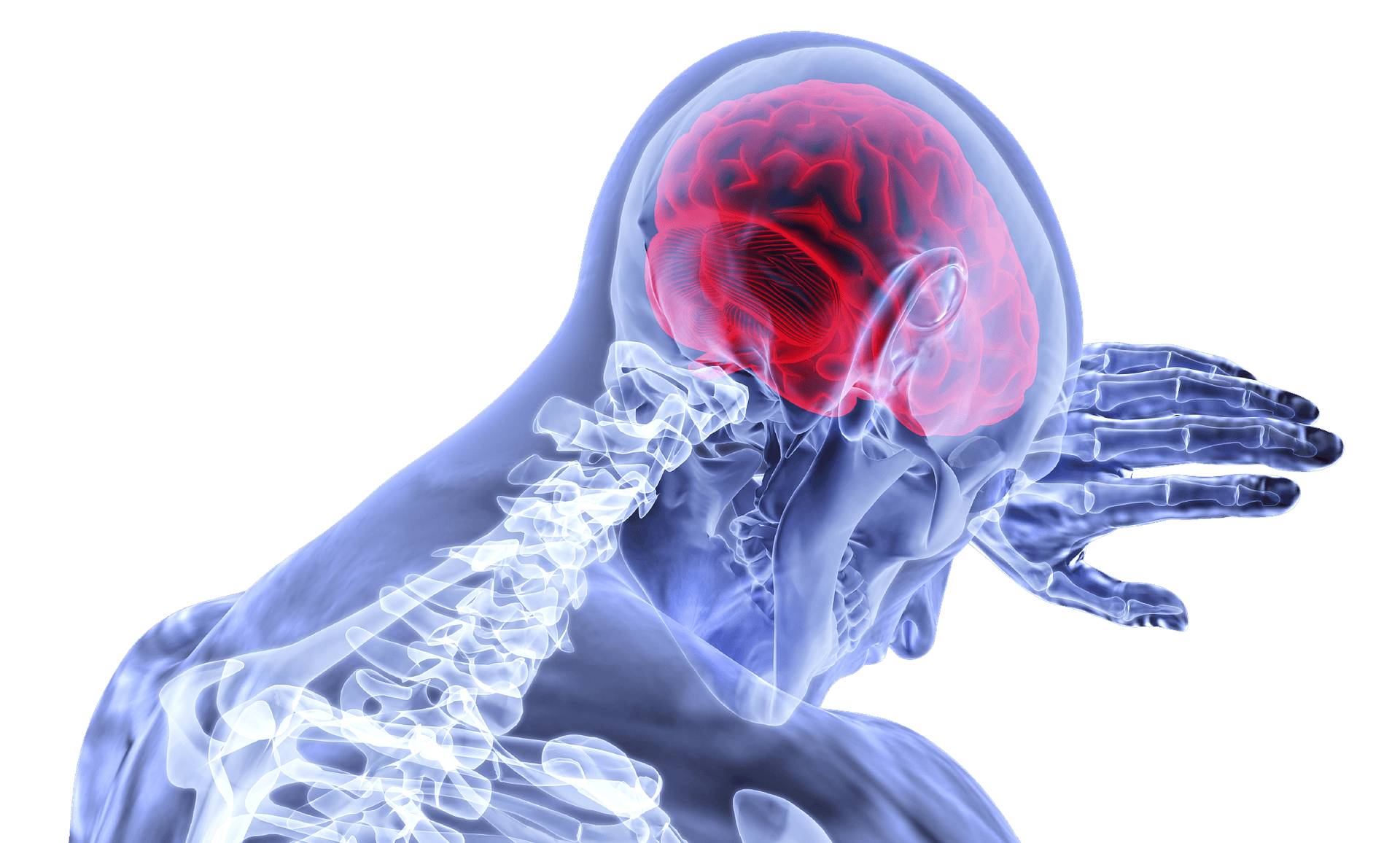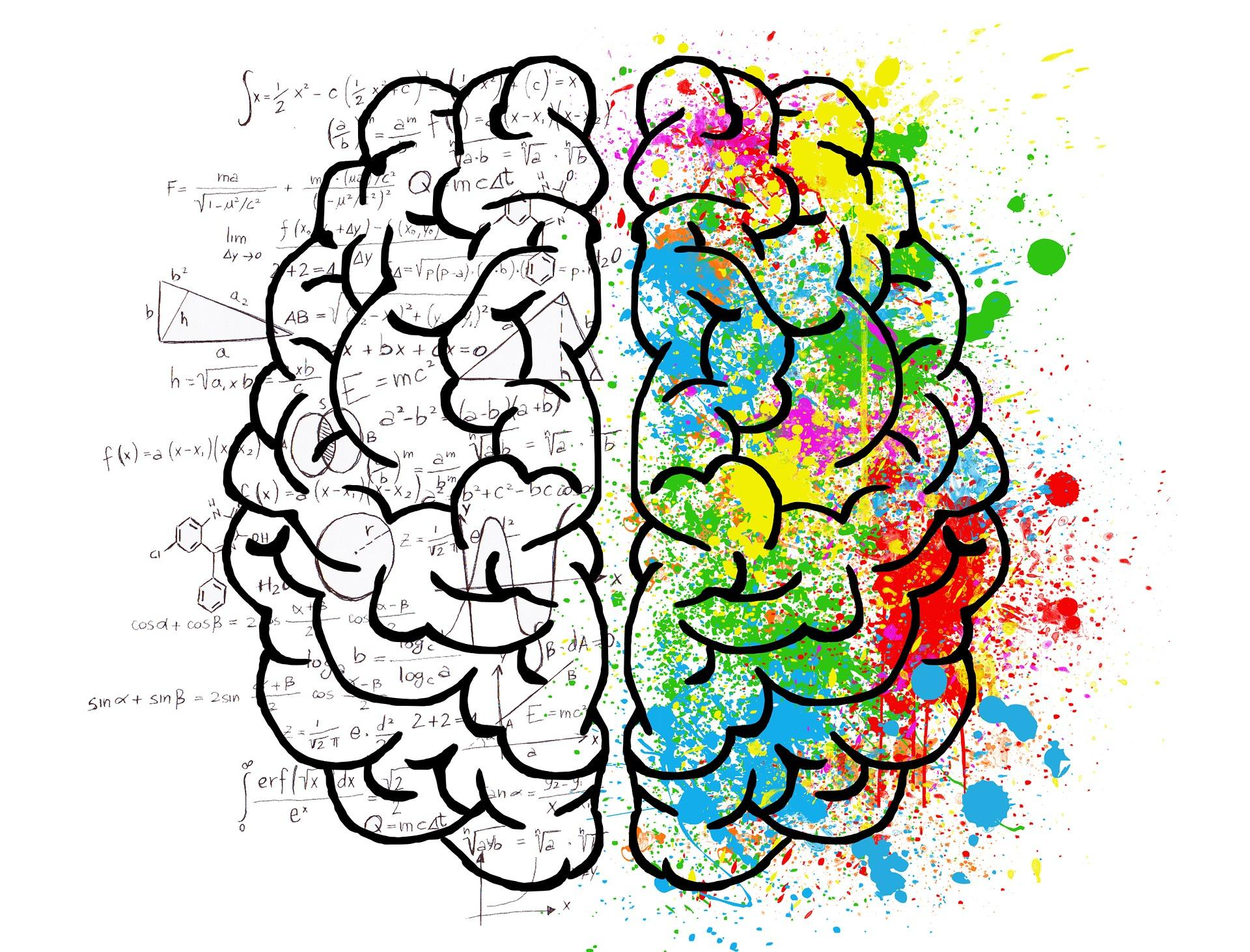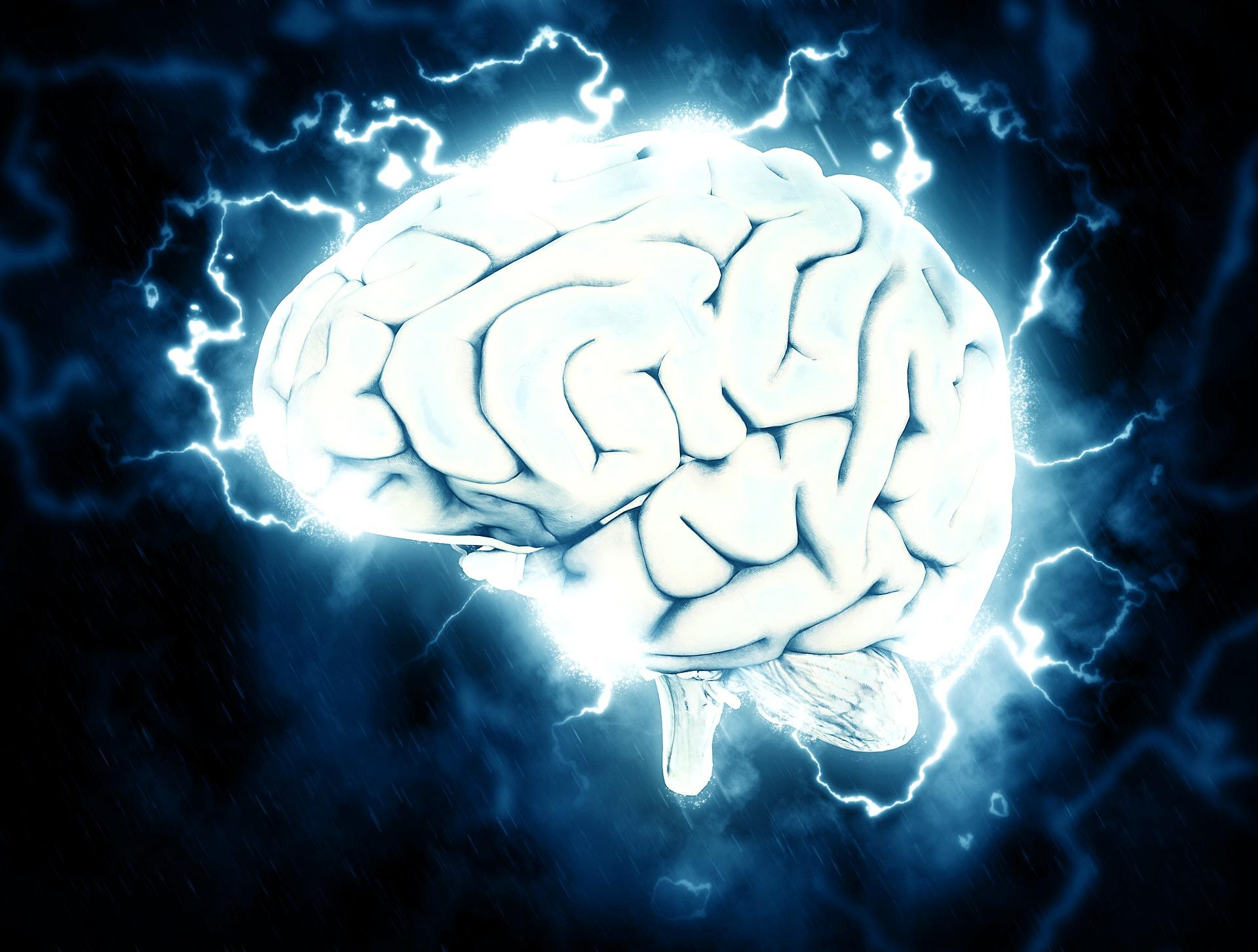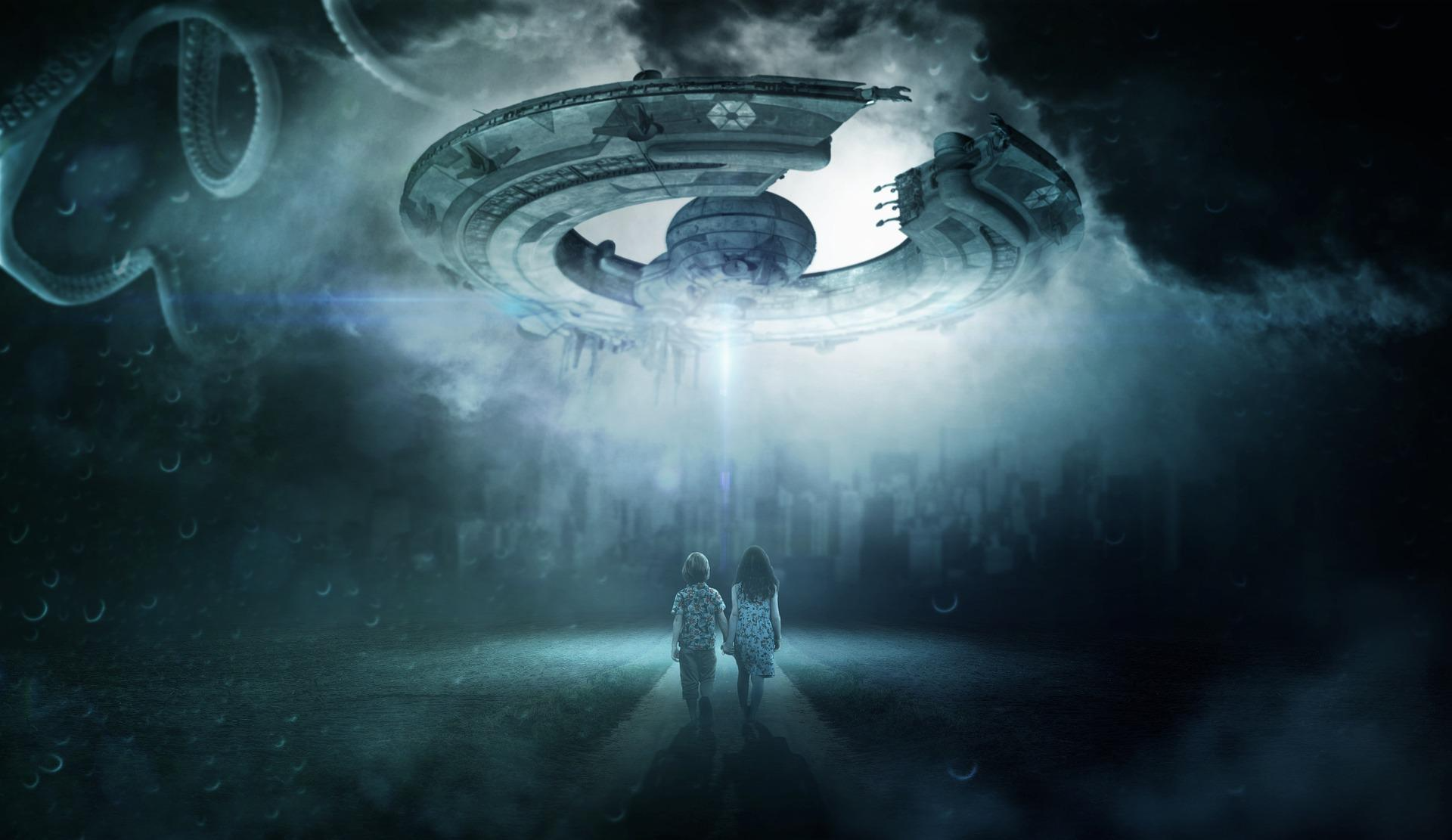In the era of social media, life-dominating technology and constant inflow of information, we’re oversaturated with content which gets forgotten as quickly as is read or seen. Some pieces remain with us, but the remainder is lost in the storm of too much worthless content.
Research shows that around 90% of information that reaches us gets lost immediately, whereas the job of every marketing team is to make their brand remembered – that’s why you should endeavor to acquire the remaining 10% for your business! So how to create unforgettable content?
Of help might be the knowledge of the mind and cognitive psychology as part of which there’re studied determinants of what’s remembered and what’s forgotten.
Make use of your mind
No, it’s neither a mean answer nor a devious one. You need to put your mind to use, the mind that’s been studied to a considerable extent and the results of those studies can be successfully applied to marketing efforts.
Human memory was of great importance already in the prehistoric times. Memorizing places and routes was crucial to getting food and avoiding danger. Memory helped people learn, for instance, how to tell edible and poisonous fruit apart.
Back then people had to depend on their memory to even survive.
Although times have changed, human memory is still essential for both evolution and survival. It has an impact on how one proceeds, it allows to modify one’s behavior, take individual approaches and react in a specific manner.
What is remembered affects also decision making, self-development and self-improvement. Remembering experiences makes us better people, employees and specialists day after day.
It’s an extremely powerful tool with great potential. If you manage to get remembered by your audience or clients as a marketing expert or a copywriter, you’ll have an opportunity to enjoy massive success.

When is content remembered?
Content that catches the eye and keeps our mind focused all the time while receiving it is remembered better.
Do you remember what the last news you read was about? Who wrote it?
You don’t? No wonder! Your memory cherry-picks information and keeps only certain pieces of it. Otherwise your brain would’ve probably exploded due to information overload.
Selection is necessary for survival and efficient functioning of the mind, memory and entire body. As a result, content considered of little use is virtually instantly removed from the memory. Comprehending the mechanism behind selection is the first step to creation of unforgettable content. Your memory gets rid of primarily what doesn’t get and hold your attention.
- Your memory gets rid of primarily what doesn’t get and hold your attention.
- Information which isn’t interesting or doesn’t stimulate you is also forgotten.
- Moreover, it’s impossible to remember content if there’s nothing in it for you, meaning an emotion (amusement, fright) or knowledge.

Get their attention so that they want to remember you
The first step to creating unforgettable content is to attract and hold audience’s attention.
Simple? If only! To attract one’s attention, you need to stand out. The reader not only looks for content but is also surrounded by it whenever they go. This makes it far more difficult to get reader’s attention. How to overcome this problem?
Keep your audience surprised!
The secret to keeping readers’ attention is to break their habits.
What do they expect of your articles? What do they think they’ll get? What’s your routine of creating content to be posted online? Can you define it? Great! Now break it. Take your readers aback by giving them what they don’t expect.
If you’ve been following a specific online content creation plan, your readers have certainly got used to it to some extent. When you don’t deviate from your plan at all, your readers over time will remember less and less of what you talk and write about. That’s how habits work; they make your mind predict what’s going to happen next and go to standby. It has to be this way for safety reasons – this mechanism protects us against information overload.
Ongoing intellectual decision-making process
A human mind makes decisions all the time – on what to focus, what to ignore, what to forget. If you knowingly fail to hold your audience’s attention, your content will be overlooked.

Holding one’s attention requires an element of surprise; you need to break the habits. One way to do that is to keep your audience surprised at all times.
Change your content to keep readers’ attention, and if you lose it, don’t wait and inspire their interest once again. When you make changes and your content is diverse, recipient’s mind gets stimulated and they keep paying attention to your content.
However, remember that the world is changing faster and faster, and the faster it evolves, the more difficult it is to hold one’s attention for long. The only way to stay in business is to be respond quickly as well.
But how to use this knowledge in practice? An example might be images included in blog posts. It’s worth considering the use of videos and GIFs as well as the posting of graphical elements, audio files and other similar materials. You need to continuously stimulate your mind and put it to work regularly.
Kick off memory processes
People memorize on two levels – conscious and unconscious. The same applies to recalling.
Active and conscious memorizing follows from learning. Justthink of the time at school when you had to learn things by heart. Memory structures and neural connections whose purpose was to consolidate knowledge were built through tireless repetition.
Unconscious memorizing follows from encounters with interesting and stimulating material. When such material gets your attention, you’re properly focused and your mind won’t go to standby.

Conscious recalling
When you create content to be posted on websites, don’t expect it to be memorized actively and consciously. Take certain steps to keep the mind active and you’ll memorize unconsciously. Only then you’ll be able to actively and consciously recall content you read.
As I’ve already mentioned, recalling may be both active and conscious as well as unconscious.
Conscious recalling can be compared to searching the memory. An example here might be wondering where you put your car keys or who wrote the book you read recently.
Unconscious recalling
Unconscious recalling involves quick and unmindful extraction of permanent and well-constituted associations from the memory.
Whose logo is a bitten apple? It takes no time to remember. Which company uses three stripes as its brand symbol? You already have it in mind, don’t you?

The goal of creating unforgettable content is to generate such associations specifically. Natural and quick ones. This way, when the consumer thinks of a given type of product or service, it’ll be your business/blog/website that pops up in their mind.
But for that to come true, you need to stimulate the mind of your recipient to work. You have to somewhat force your brand into their memory, but this process needs to be effortless for the consumer as well.
The known and the unknown combined
The best way to induce such natural and unconscious memorization is a marriage between the known and the unknown. By combining the old and the new, you keep recipient’s mind and memory at work, thus leading to the development of neural connections which will make you remembered.
Why this combination specifically?
By serving something known to the mind, you inject it with a very positive dose of hormones. This makes it relaxed and safe, and these are perfect conditions for learning!
Take a moment and think if you enjoy re-watching movies or re-reading book. Many people do that because their minds like already known themes.
Remember though that the mind gets bored
However, as I’ve mentioned earlier, your mind gets bored very quickly and if it’s surrounded by something it’s used to, it often goes to standby. When it does, you should give it something new, something stimulating and exciting, something it’s not expecting. This will make the mind more active and consciously receiving content, thus actively memorizing it.
In other words, by feeding something known to the reader, you render them safe and comfortable to learn; and by feeding something new to them, you stimulate and excite them, which in turn makes their mind work uninterruptedly. Combining the known and the unknown is a key to unforgettable content!
Reward your audience
Spending time on something, one counts on some kind of reward – a piece of reliable information, maybe a better mood. Your readers’ minds wish for that as well. What can you offer them?
Dopamine would be the best. It’s a hormone that helps keep the mind positively stimulated; it makes the mind active and receptive, but this activity is not tedious to the mind – it’s rather pleasant.
Give them emotions
Dopamine can be activated by providing the audience with something nice, pleasant or joyful.
As far as articles and other content posted on websites are concerned, the activators of dopamine include humor, visual stimulation, satisfaction, education or emotional excitation. Emotions are an extremely strong driver in online content memorization – their adequate use can prove a really powerful weapon in the fight for readers’ attention.
If you manage to trigger a burst of dopamine in your reader with your article, you’ll encourage them not only to re-visit your website but probably also to share your content or buy your products. But how to do all of that?
Use a simple plan: Anticipation–Uncertainty–Reward
Anticipation
Anticipation allows for dopamine activation. However, it’s crucial to anticipate something nice or exciting. Awaiting a pleasant or stimulating experience results in a burst of dopamine even before the very experience.
Uncertainty
Uncertainty strengthens the feeling of reward-related pleasure. When you expect something exciting, that’s precisely your reward. On the other hand, when you’re uncertain as to when that something exciting happens or if it happens at all, you feel more pleasure simply waiting for your reward.

If you combine uncertainty and anticipation of a reward, you’ll trigger as big burst of dopamine in your audience as possible. This will make them remember you!
Change rewards
What’s more, if you change the reward you offer to your audience from time to time (bear in mind that it’s not about an object but rather an experience), you’ll be able to keep their level of dopamine high every time they visit your website. Dopamine will be released somewhat by force of habit, automatically, by the very visit to your website.
They’ll want to get back for more – they’ll be even motivated to put some effort to find your content by themselves.
How to create unforgettable content? Conclusions
If you wish to create unforgettable content, get and hold attention of your audience with diverse content and forms of communication.
Mix the old and the new, the known and the unknown, to keep readers in a good mood and their minds at work. This way your content will go into their long-term memory.
Setting up a system of rewarding the mind via dopamine is also a good idea. Dopamine release based on your content will ensure a permanent and loyal relationship with your readers who’ll actively return to you for more.
Now you know how to create unforgettable content. But which keywords to use in your articles
 Dorota Bajczyk
Dorota Bajczyk